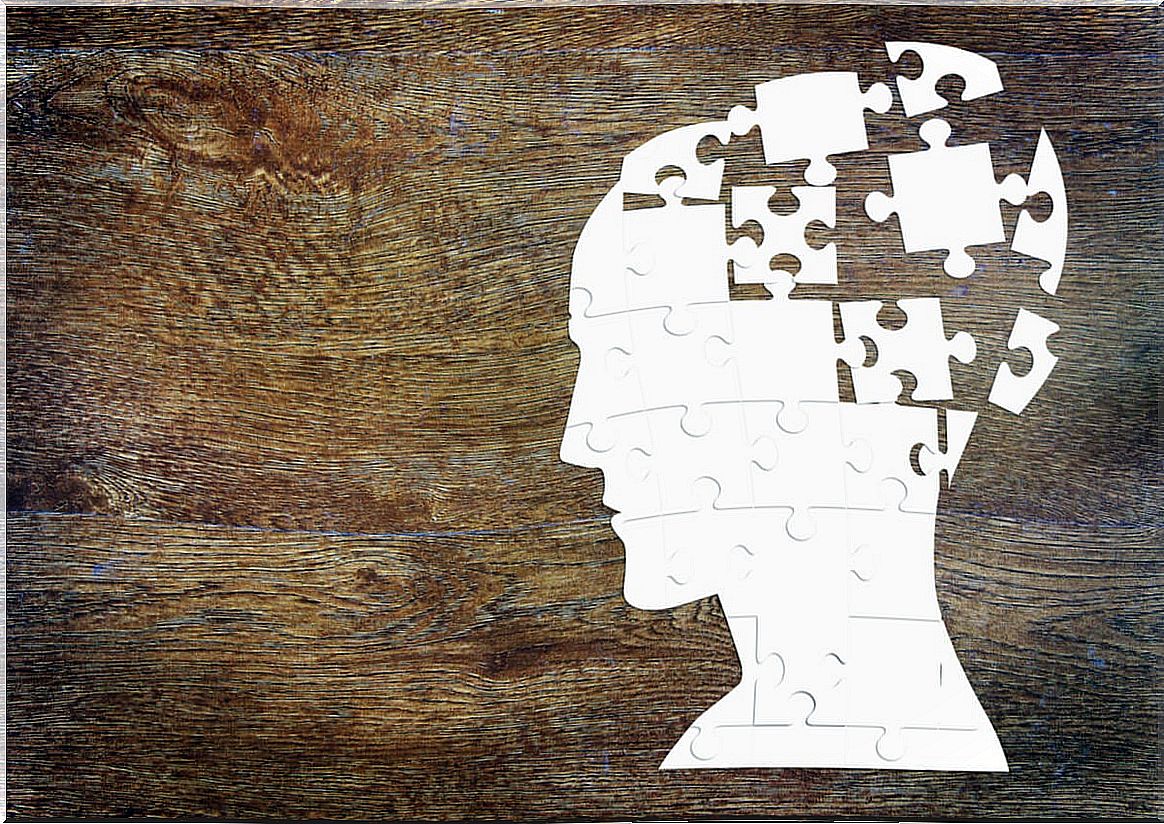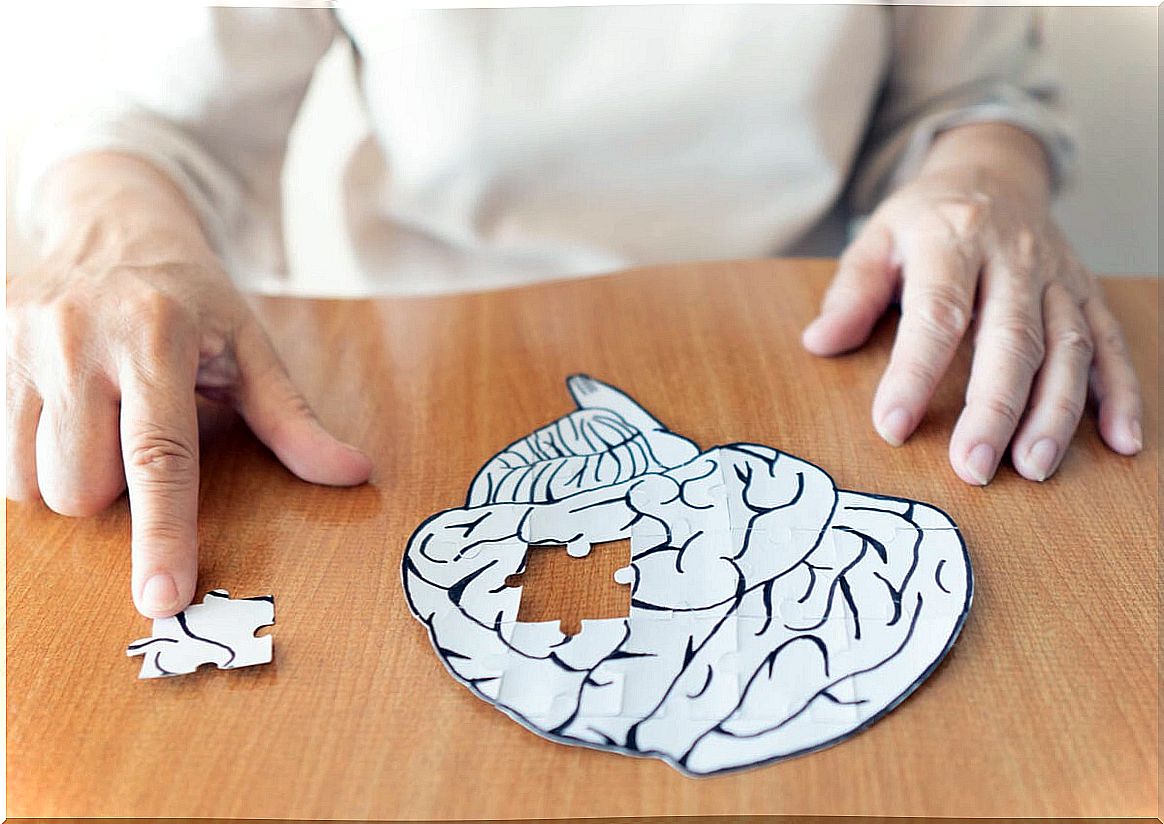Neuropsychological Therapy: What Does It Consist Of?

Psychology is a broad science and not all of its branches are equally well known. The figure of the neuropsychologist is unfamiliar to those who have not seen the need to work with one. However, its functions are of great relevance, since it is neuropsychological therapy that makes the recovery of those who have suffered a brain disorder possible.
These professionals usually work in hospitals, nursing homes or private offices and treat a wide variety of disorders and pathologies. However, in all cases, the priority objective is to optimize the quality of life of the patient. And, for this, they use totally personalized interventions.

What is neuropsychological therapy?
Neuropsychological therapy could be considered a kind of brain rehabilitation. It is aimed at preserving and enhancing mental functions that have not been damaged. However, also to alleviate the deficits that the injury or disorder may have caused. Thus, its main functions are:
- Work and stimulate cognitive functions after a brain injury or alteration. You must act quickly so that the recovery of abilities and skills is as complete as possible. Thus, areas such as attention, memory, learning, language or the ability to solve problems are addressed. It is about enhancing the preserved capacities and stimulating those that show a lower than expected performance.
- Plan and implement strategies that help compensate for the damage caused in certain brain functions. For example, if the patient has memory problems, he is taught to use resources such as agendas or reminders that allow him to function in the best way possible.
- Make the patient aware, as far as possible, of the sequelae that have been generated after the injury or disorder. Explain what the implications are and what the consequences are, so that you can anticipate potential cognitive problems and failures and have the tools to deal with them.
- Work on the emotional management associated with the situation in which the patient is. Help you cushion the emotional impact of your condition.
Who can benefit from neuropsychological therapy?
There are many conditions that may require neuropsychological therapy. This discipline works mainly with disorders and injuries produced in the central nervous system or in the brain. And, in each case, the intervention will be different:
- Head trauma. When this occurs, the sequelae are due both to the initial contusion and to the edema or hemorrhage that develops secondarily during the following days. This can affect basic mental processes as well as behavior and emotions. Therefore, they will have to be worked on as soon as possible.
- Stroke. In these cases, the flow of blood that irrigates a part of the brain stops, causing that oxygen and nutrients cannot reach it. The consequences can be very varied so the therapy will have to be personalized.
- Neurodegenerative diseases, such as Parkinson’s, affect the central nervous system in a progressive and irreversible way. It is important to address the mild cognitive impairment that occurs as this constitutes a risk factor for the subsequent development of dementia.
- Dementias usually affect mainly areas such as orientation and memory, as well as behavior and emotions. The therapy will be aimed at achieving the greatest possible autonomy in the patient. This also reduces the family’s work and emotional load.

Looking for the quality of life
Coping with a brain disorder and its consequences is not easy, neither for the patient nor for those closest to him. Stimulation and rehabilitation work is often long and can be exhausting; however, the results are worth the effort.
In short, it is intended that the patient can enjoy the highest possible quality of life. Something that is achieved by promoting their autonomy with aids, strategies and resources of all kinds and helping them to accept and deal with their new reality. This is a comprehensive and much needed job that addresses all areas that may have been affected by the injury or disorder.









